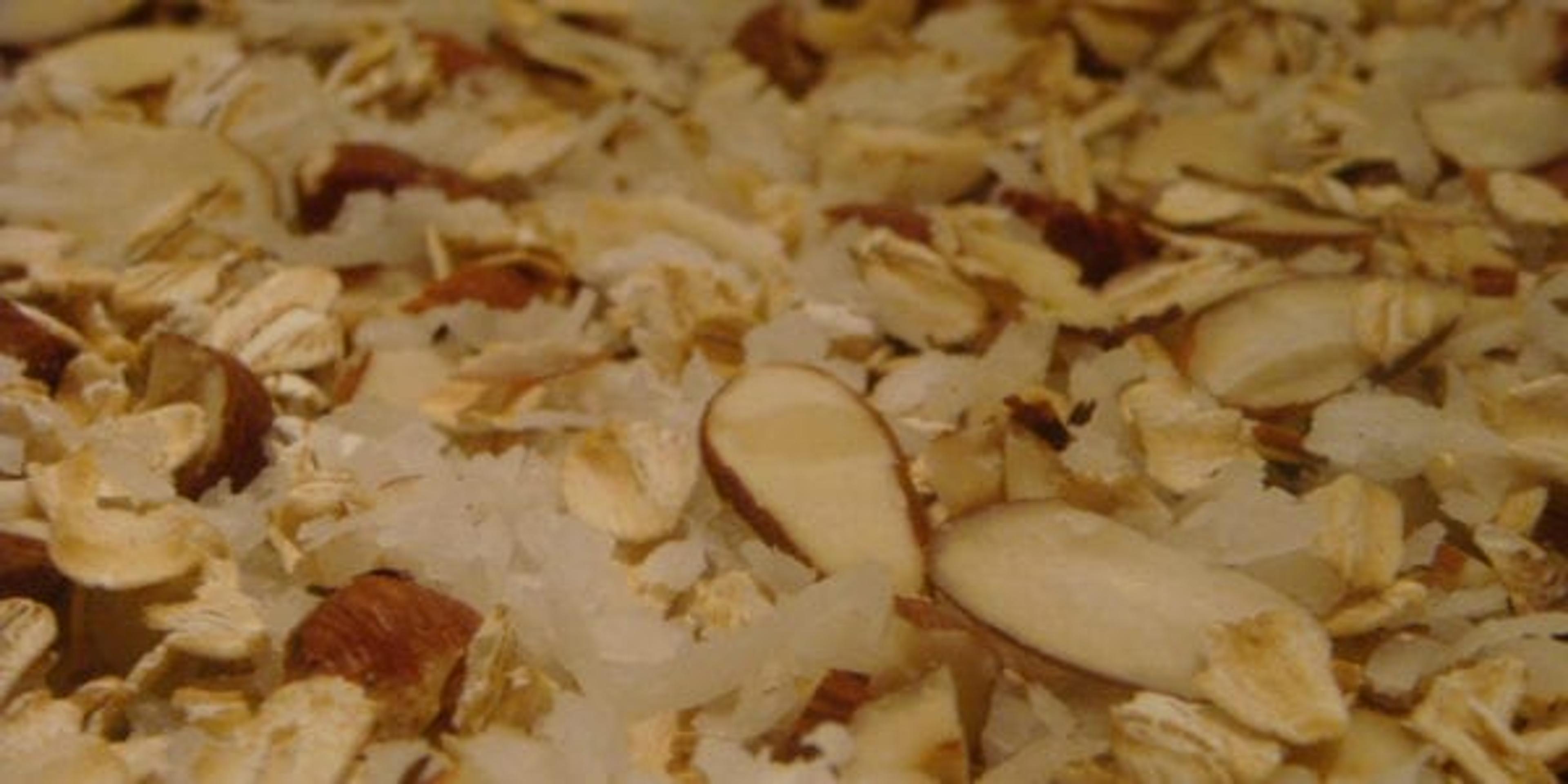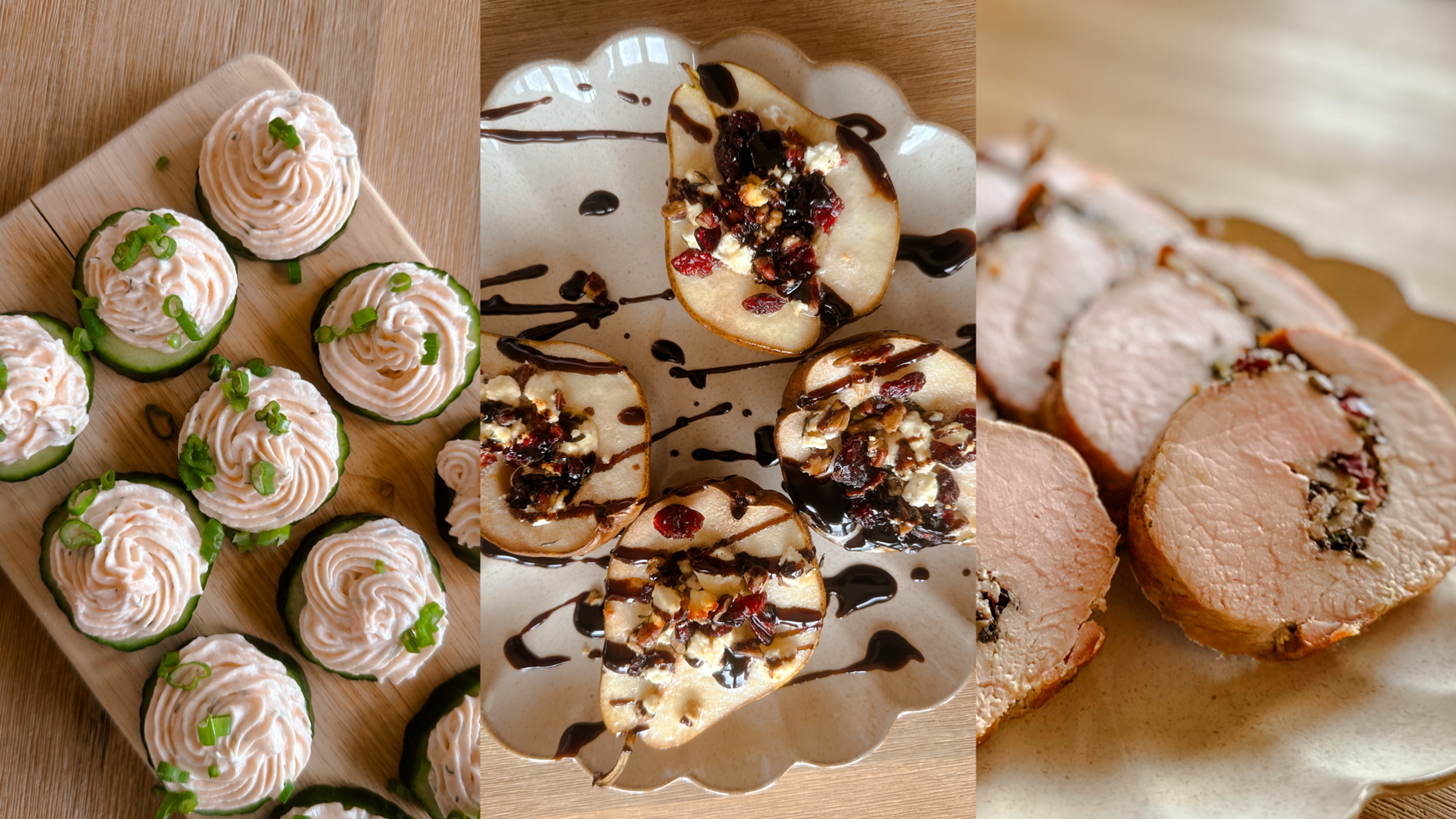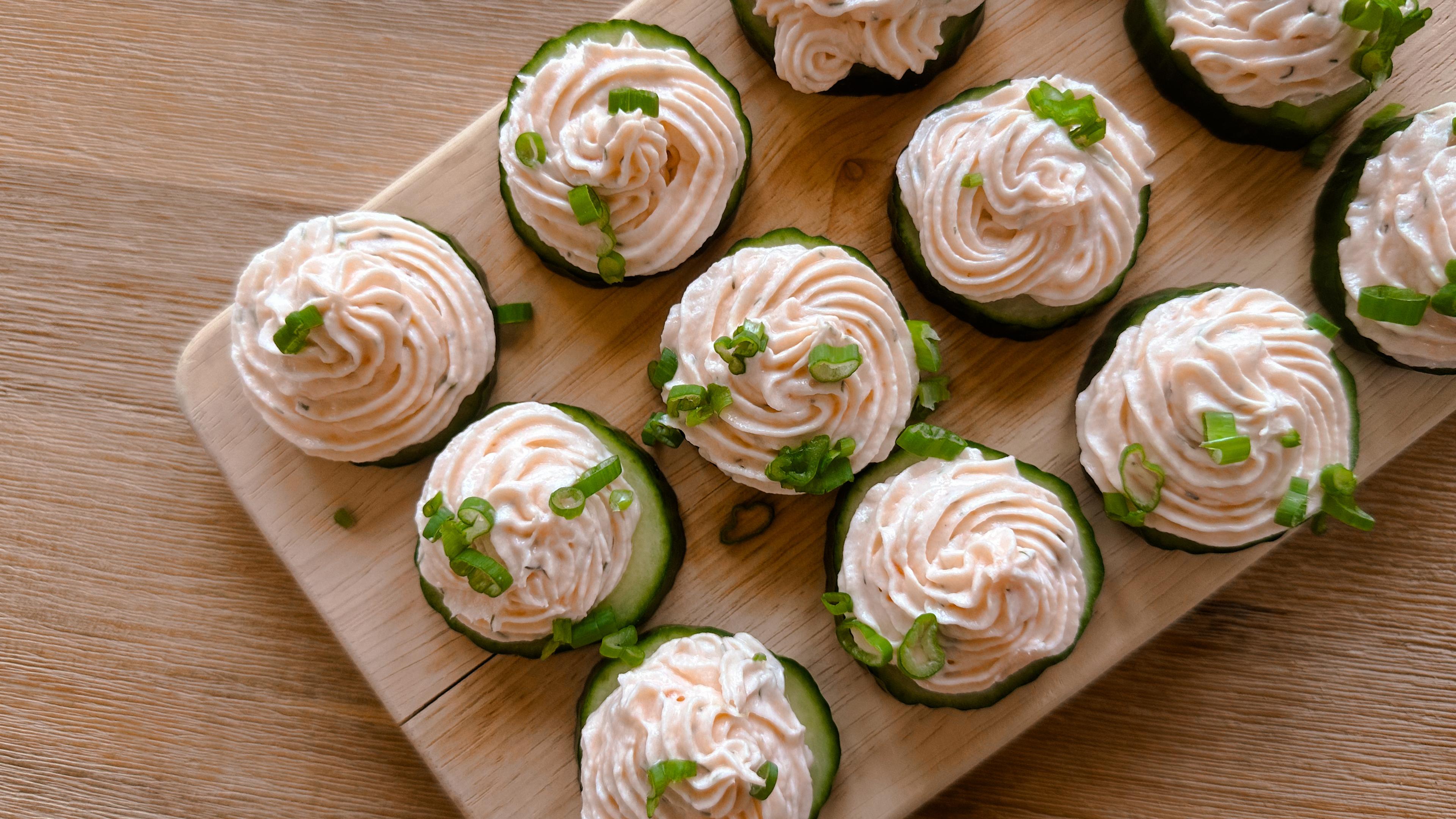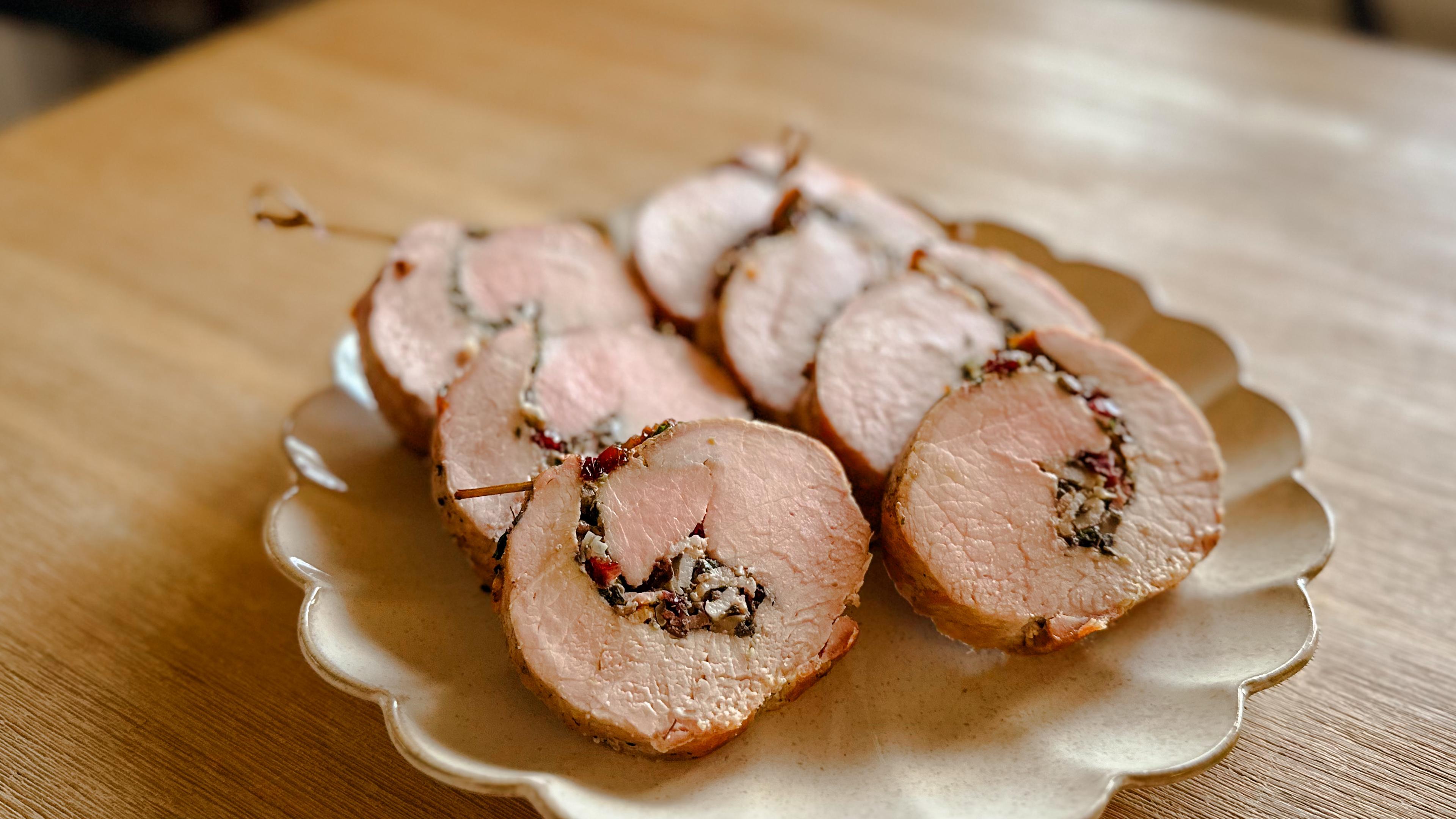Hate Whole Grains? 5 Ways to Sneak Them Into Your Diet
| 3 min read

Some people just can’t get enough of bulgur and barley. And that’s good news for them, because fiber-rich whole grains can help you manage your weight and lower your risk of heart disease, diabetes and other chronic diseases. But if you don’t happen to be someone who loves the taste of whole grains, it can be hard to incorporate them into your diet without feeling like you’re sacrificing good taste for good health. Or so you may think. Here are five ways to sneak whole grains into dishes without realizing it:
- It sounds like an oxymoron, but white whole-wheat bread is actually whole-grain. Instead of the red wheat that’s usually used, it’s made from white wheat, which has a lighter color, softer texture and milder taste but the same amount of fiber. Want to whip up healthier pancakes, waffles, cookies and muffins? Look for white whole-wheat flour (or mixes made with it) in the baking aisle.
- You don’t have to cook steel-cut oats for half an hour in order to get your whole grains in the morning. Old-fashioned, quick-cooking and even instant oats all count as whole grains. Though they’ve been steamed and flattened to shorten the cooking time, they still contain all three parts—the bran, the germ, and the endosperm—that make a grain whole.
- Though fresh corn is usually classified as a vegetable, the dried kind counts as a whole grain. You can make popcorn in the microwave or on the stovetop, or find it in polenta, grits and cornmeal. Just check for the words “whole corn” or “whole-grain corn” in the ingredients list. If it says “degermed corn,” it’s not a whole grain.
- Ancient grains are varieties that, unlike wheat and rice, haven’t been bred selectively over thousands of years. And they are popping up in bread, granola bars and even Cheerios. Since they all have different tastes and textures, chances are good that you can find one you love. Choose from wheat berries, freekeh, kamut or spelt.
- Not a fan of whole-wheat pasta? There are lots of other options. Give quinoa or brown rice pasta a chance. Or try soba, Japanese noodles made from buckwheat, instead. Despite its name, buckwheat isn’t actually a kind of wheat, it’s a grain-like seed (sort of like quinoa) with a toasty taste and pleasantly chewy texture.
If you’re looking for other ways to boost your whole grain consumption, check out these blogs:
This blog post is part of #HealthyMe, a personalized web experience based on your health and wellness goals. To sign up today, visit https://www.ahealthiermichigan.org/healthyme.
Photo credit: megan.chromik





